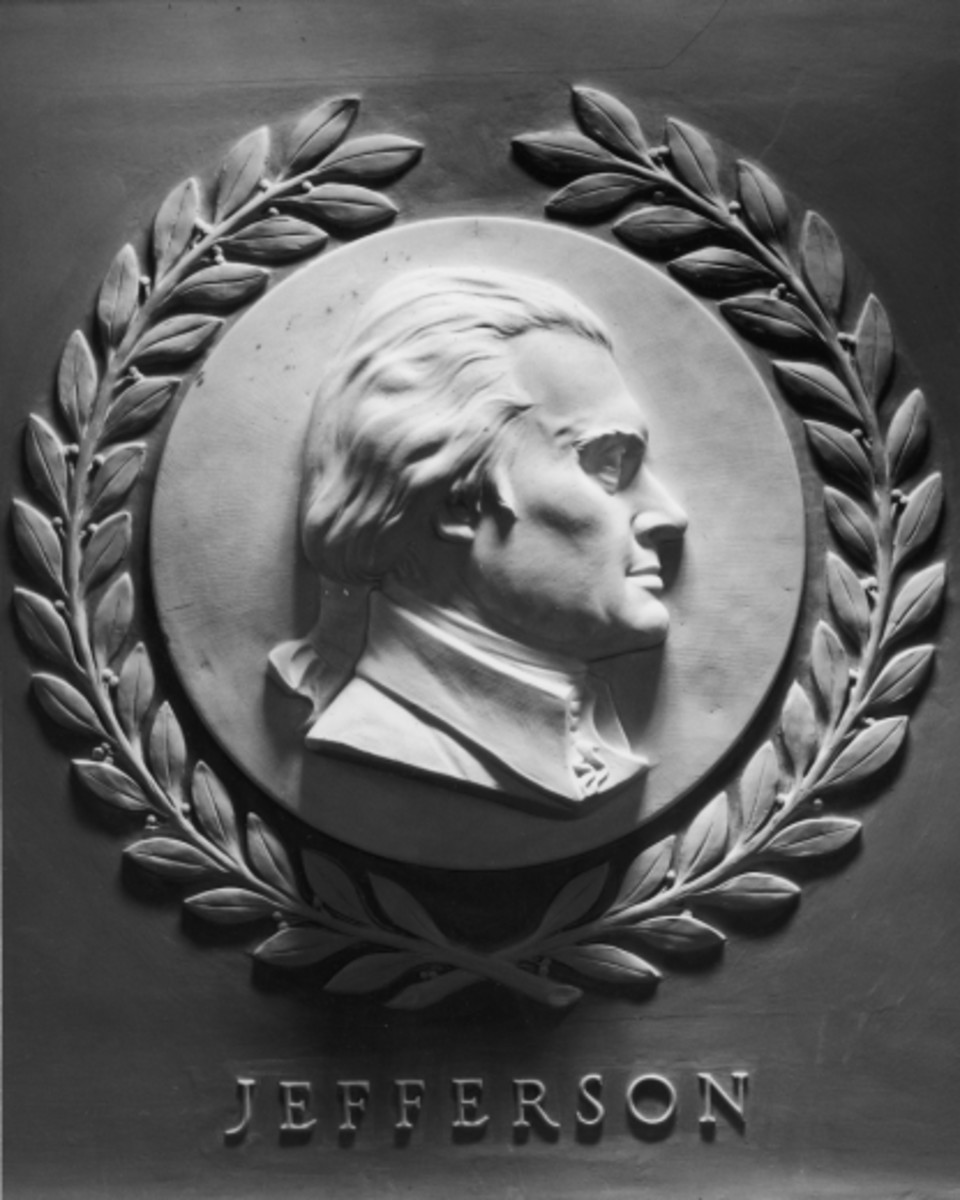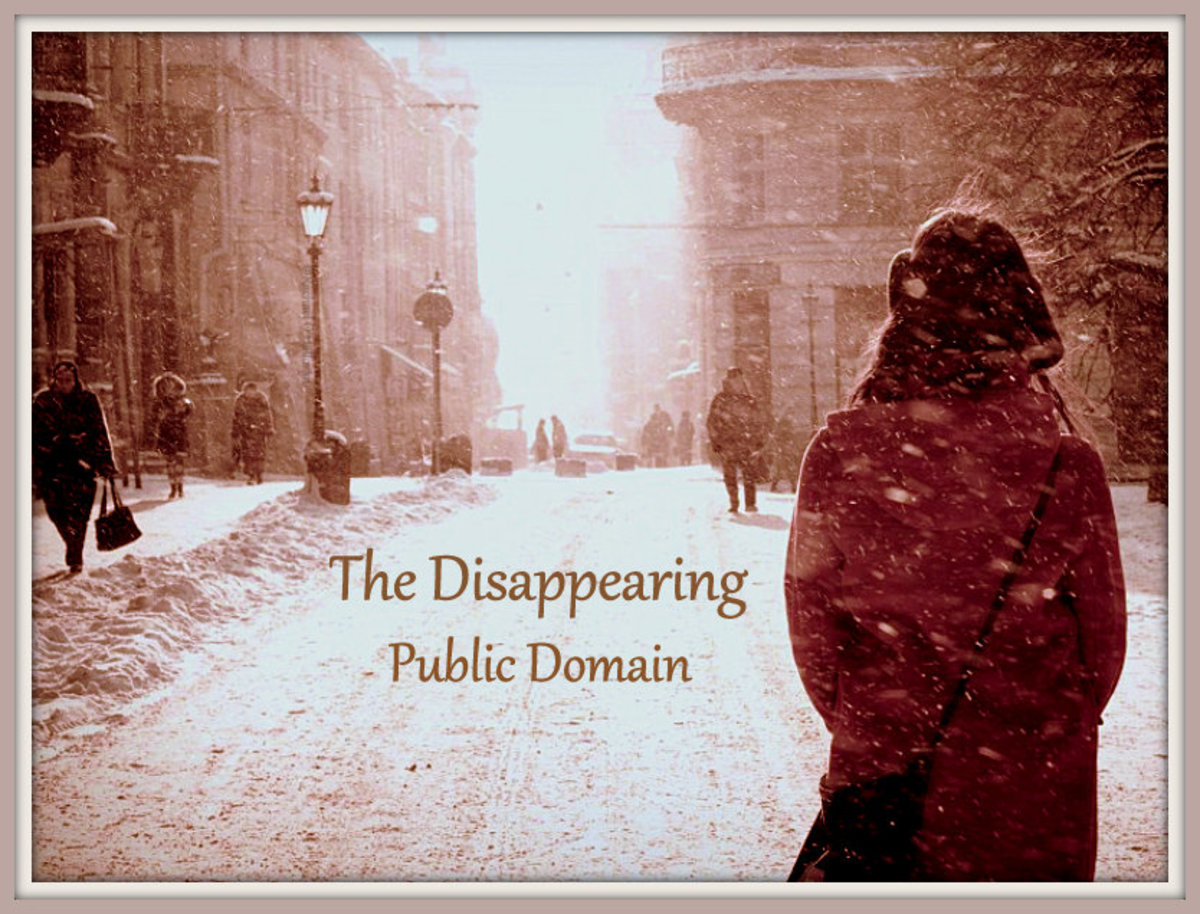Compromise in the Constitution
The framers of the Constitution had divergent views on what they saw as the “will of the people.” Despite these differing views, they were able to compromise and construct a government that incorporated these views into a plan for a representative democracy.
Initially, a direct democracy might seem to be the best way to govern through the “will of the people.” However, the Framers wanted a representative democracy rather that a true or direct democracy. A true democracy would have been impractical if not impossible. The size of the country and how far apart settlements were spread out would have made a direct democracy difficult. Also the Framers did not feel that all citizens would be able to make good decisions about government. The framers felt that a representative democracy would be the best form of government to address the “will of the people” in a practical way.
Although they agreed on the need for a representational democracy, the form of that representation to best reflect the “will of the people” was a matter of much debate. Many of the Framers felt that the fairest and most accurate way to represent the people’s will was to have a state’s representation be determined by population. This plan for government was known as the Virginia Plan; it called for a strong central government with three branches, the legislative, executive, and judicial. The legislative branch would have the supreme power, including the power to veto. It would contain two houses, one of which would be elected directly by the people and the other elected by the first house from state legislature nominations. Proponents of this plan saw the “will of the people” being best implemented through a direct vote based on population—each legislator would represent an approximately equal number of people. The Virginia Plan was supported by the larger states because then they felt it was fair for them to have the most say in government since they had larger populations.
Framers from smaller states saw the “will of the people” a bit differently. Representatives from the smaller states felt that if the states with larger populations got more representation in government, then nothing that benefited smaller states or their citizens would ever get passed. The plan favored by the Framers from these states was the New Jersey Plan. This plan wouldn’t replace the Articles of Confederation, but would amend them. Like the Virginia Plan, it would strengthen the national government, but not to the same extent. It would leave states’ representation the same as with the Articles; each state would have one representative in Congress. The “will of the people” was viewed as served by these Framers because the people of the smaller states as well as the larger states have their views heard with the voting power to be enacted into law.
The debate to determine which plan was best for the nation was long. Eventually, a committee was appointed to come up with a compromise that would satisfy both the large and the small states. They came up with a plan known as the Great Compromise, or the Connecticut Compromise. The compromise was debated further and then adopted by a very narrow margin. Key componentsconsisted of a House of Representatives that was based on state population, and a Senateconsisting of two representatives from each state. This plan satisfied the interests of the small as well as large states, allowing the “will of people” in both small and large states to be heard, and allowed for the common support of a strong national government.
During the Constitutional Convention, the Framers had different ideas of what was best for the nation, and they came up with opposing plans for a government. Despite their differing views, they were able to compromise so that the “will of the people” could be met through a constitution to set up a representational democracy that survives to this day.








